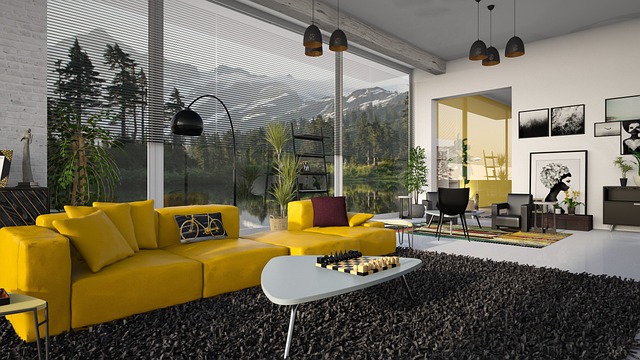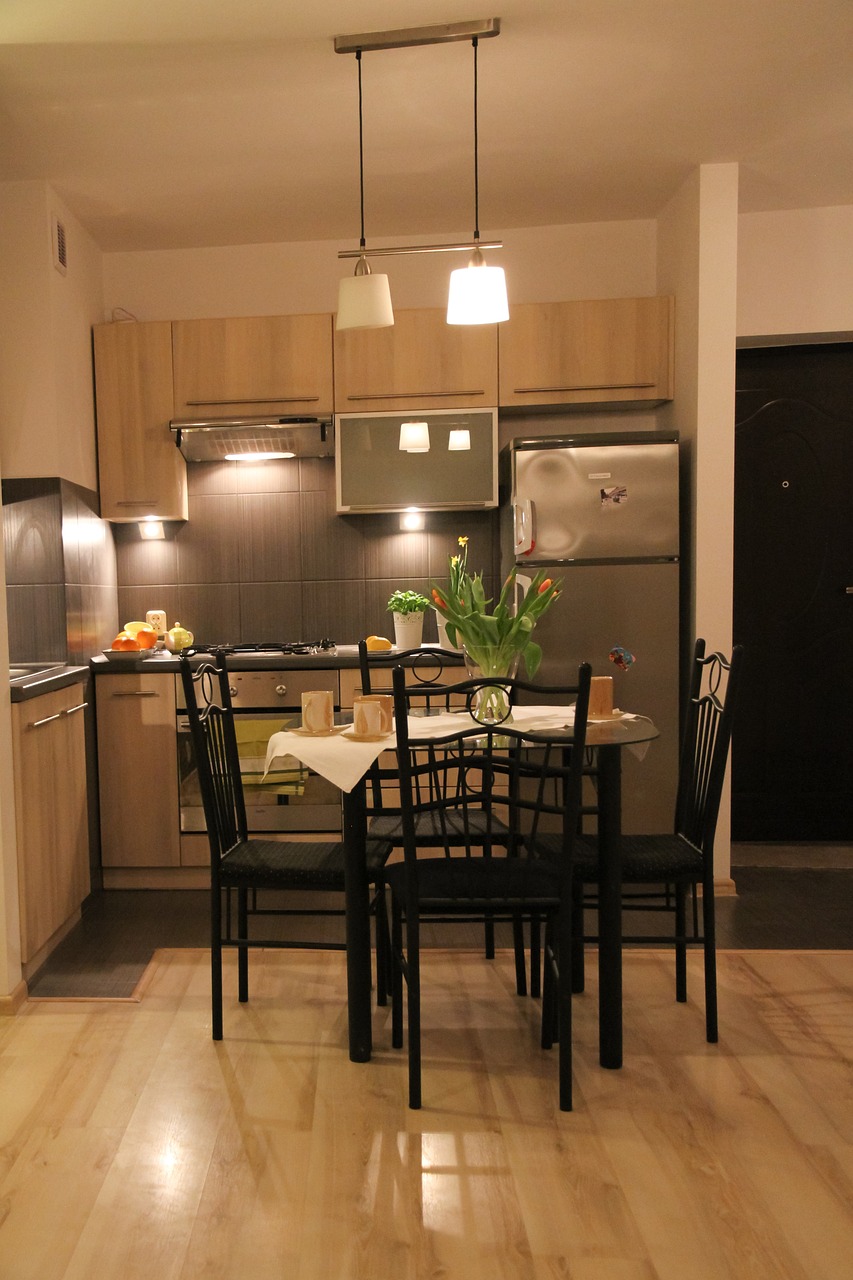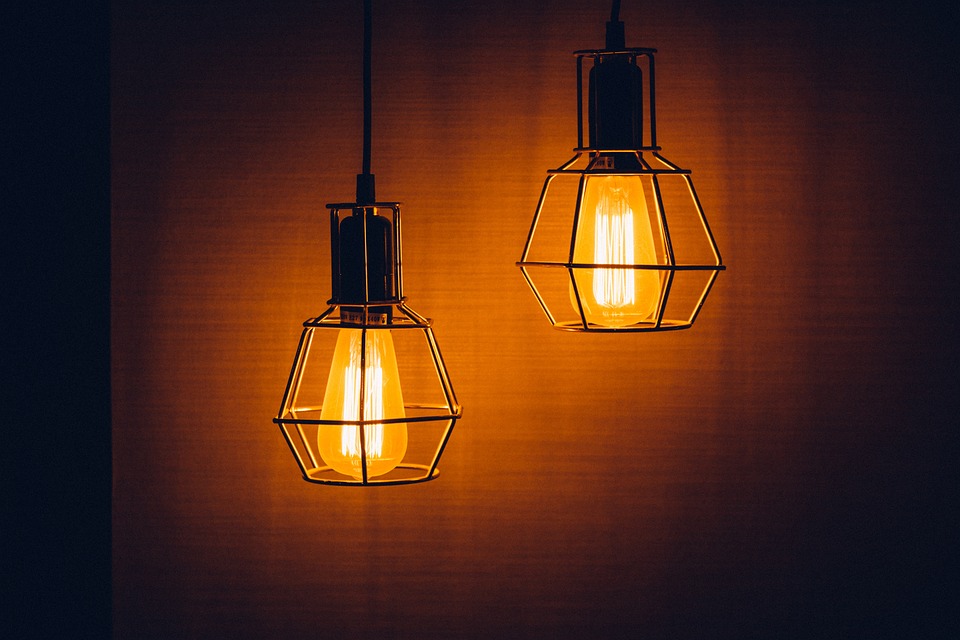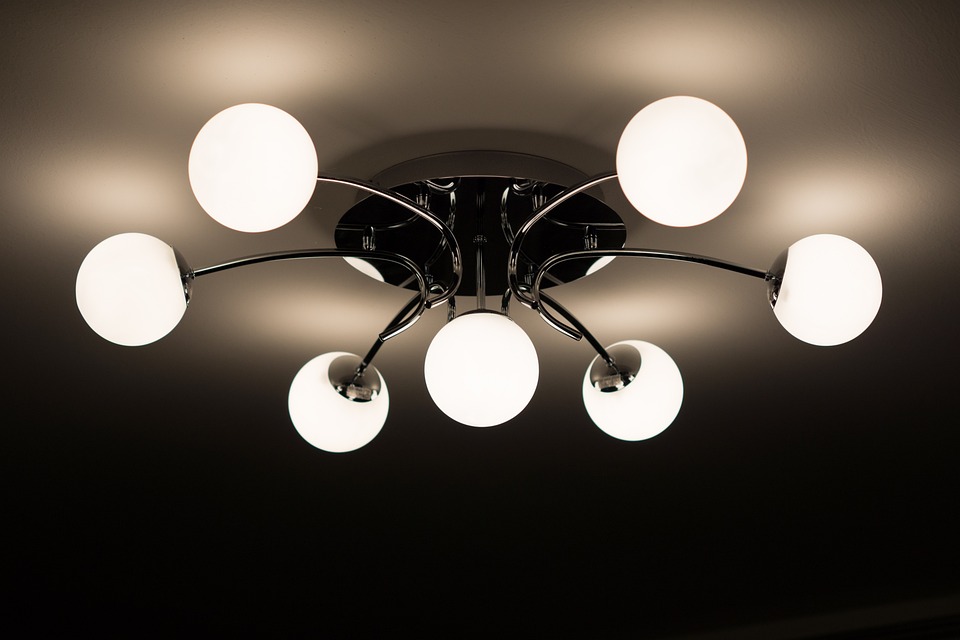Lighting plays an important role in our daily lives. It helps us see things clearly and creates a welcoming atmosphere in our homes. But not all lighting is created equal. Each room in a house requires different types of lighting, and each light fixture must be chosen carefully to match the room’s functionality and your personal taste.
Residential lighting design is the art of lighting your home in a way that enhances its beauty and functionality. If done correctly, it can create an ambiance that welcomes you home after a long day at work and helps you unwind. But, how do you begin designing the perfect illumination for your home? Let’s take a closer look.
First, consider the function of the room. The lighting design for a bedroom, for example, will be very different from that of a kitchen or living room. In a bedroom, a warm, dim light can create a relaxing atmosphere, whereas a kitchen requires bright, task-oriented light, so you can see what you’re doing when you’re cutting vegetables or washing dishes.
Second, think about the size of the room. A small room needs less light than a larger room, but it should still have enough light to create a comfortable atmosphere. Similarly, rooms with lower ceilings need less light, while rooms with high or vaulted ceilings will require more light to ensure that the entire space is well-lit.
Third, choose the right light fixtures for each room. Chandeliers are great for a grand entrance or formal dining room, but for a more relaxed and cozy atmosphere, wall sconces or table lamps work well.
Fourth, pay attention to the color of the light. This is often measured in Kelvin, and the higher the Kelvin rating, the whiter and cooler the light. If you want a warm, cozy feeling in your home, choose bulbs with a low Kelvin rating, and if you want a bright, crisp feeling, choose bulbs with a high Kelvin rating.
Lastly, don’t forget about energy efficiency. LED bulbs are a smart choice for your home because they are long-lasting and energy-efficient. Look for fixtures that are labeled “Energy Star” to maximize your energy savings.
Now that you have some ideas on how to design the perfect illumination for your home, let’s take a look at some real-life examples that take into account the above considerations.
For a bedroom, use a dimmable table lamp on your nightstand, and hang a pendant light with a warm glow above the bed for a cozy ambiance.
In a kitchen, use under-cabinet lighting to illuminate the countertops, and choose a pendant or track lighting fixture above your kitchen island or dining table to create a sense of depth and warmth.
For a living room, use floor lamps or table lamps to create a cozy reading nook, and add a chandelier or pendant light to create a good ambiance.
Remember, residential lighting design is not about picking a few light fixtures and calling it a day. It requires thought and consideration, and it must reflect your personal style and the functionality of the room. By following these tips and experimenting with different lighting options, you can create the perfect ambiance for your space.






